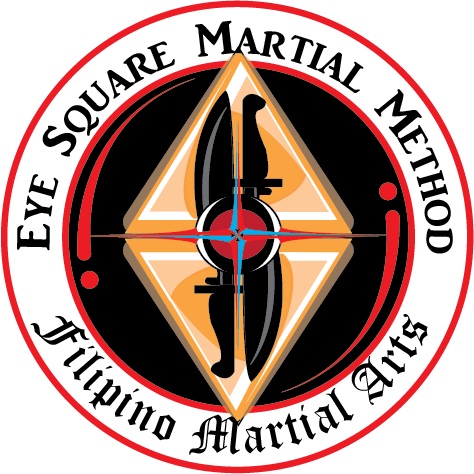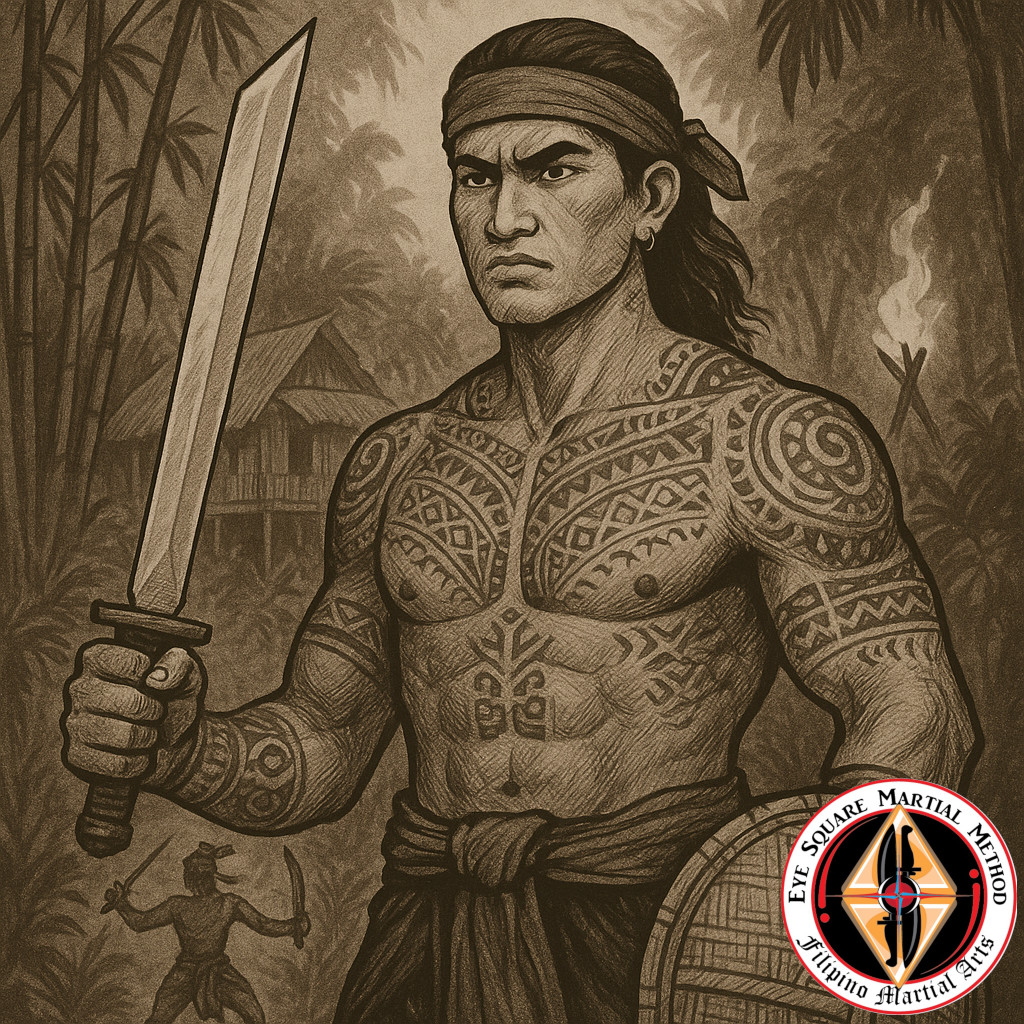Before the Spanish showed up with muskets, crosses, and colonial paperwork, the islands that make up the Philippines were already well-acquainted with violence. And not just the random bar fight kind. We’re talking raiding parties, tribal warfare, and a strong warrior culture that existed long before anyone yelled “Viva España!”
Tribal Warfare Was the Norm
The Philippines wasn’t a unified nation—it was a scattered network of barangays, each with its own leaders, alliances, and beefs. And when diplomacy broke down (which it often did), warriors handled things the old-fashioned way: with blades, spears, and shields. These weren’t just skirmishes—they were life-or-death showdowns that shaped territory and power.
The Warrior Classes
Society had room for fighters. Depending on the region, you had names like bagani (Visayas), timawa, or maharlika (Luzon). These weren’t casual weekend warriors. They were trained, respected, and often tattooed as living resumes of the battles they’d survived. Their job? Protect the village, lead raids, and, occasionally, flex a little for the gods.
Weapons of the Time
Filipino ingenuity meant there was no shortage of bladed instruments: the kampilan (a long, tapered sword), the barong (a wide leaf-shaped blade), the bolo, spears, and the ever-versatile rattan stick. Shields like the kalasag were made from hardwood and rattan, designed to take a beating and keep you alive. The weapons were practical, brutal, and tailored for island warfare.
Training Before There Were Belts
There weren’t uniforms or dojos, but make no mistake—people trained. Knowledge was passed from parent to child, from warrior to apprentice. Techniques were embedded in rituals, dances, and community storytelling. A ceremonial dance might just have a blade hidden in the rhythm. You learned by doing, by mimicking, and by surviving.
Spiritual Roots and Cultural Layers
Fighting wasn’t just about killing. It was tied to spiritual beliefs. Warriors often invoked ancestral spirits before battle. Tattoos weren’t just flex—they were sacred. The body was both armor and canvas, with each design representing achievements, protection, or tribal affiliation.
The Evidence We Have
Most of what we know comes from Spanish chroniclers, early explorers, and modern anthropology. Some of it’s biased, some of it inferred, and a lot of it preserved through oral tradition. But the bottom line? The Filipino people were already warriors long before colonizers took notice.
So when we talk about Arnis, Eskrima, or Kali, we’re not just talking about fighting systems. We’re talking about a deep, precolonial heritage of resistance, skill, and adaptation. We’re talking about a culture that refused to forget how to fight.
Up next, we’ll look at what happens when you mix swords with sermons and sticks with Spanish steel. Spoiler: the Filipinos didn’t stop training. They just got sneakier about it.


Leave a Reply